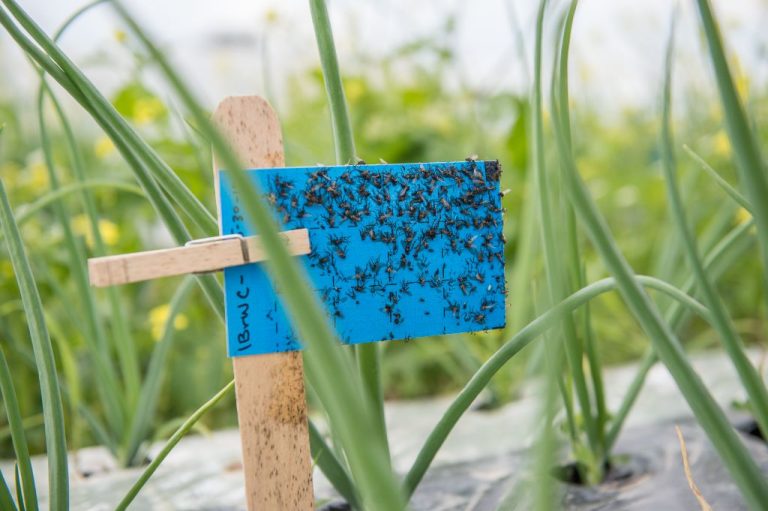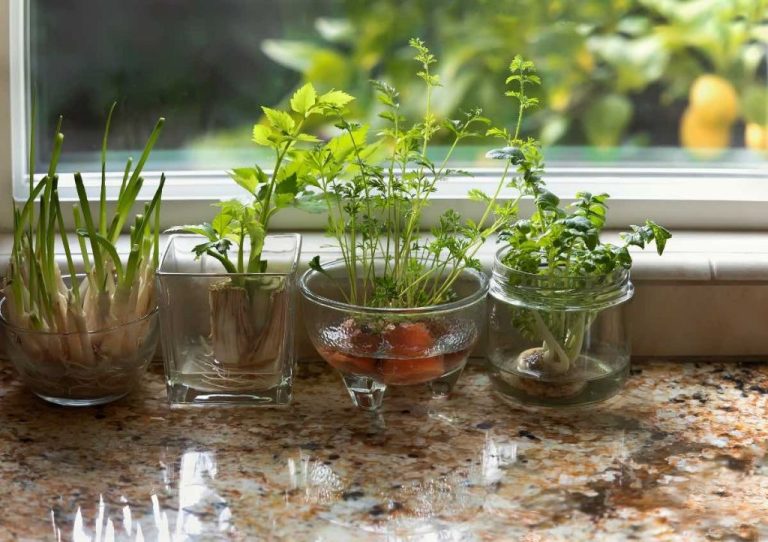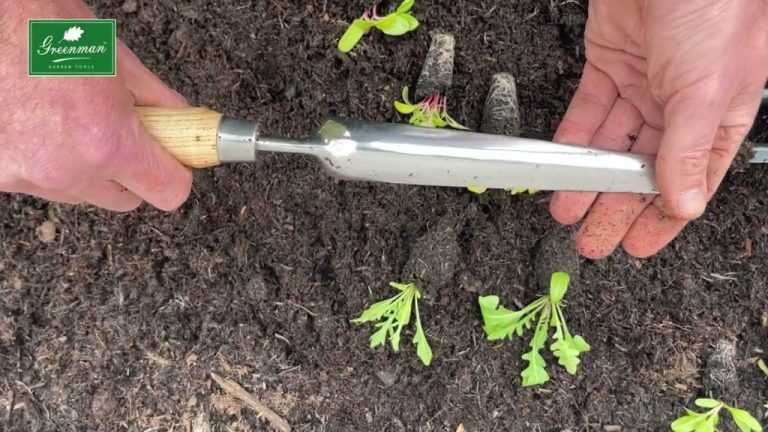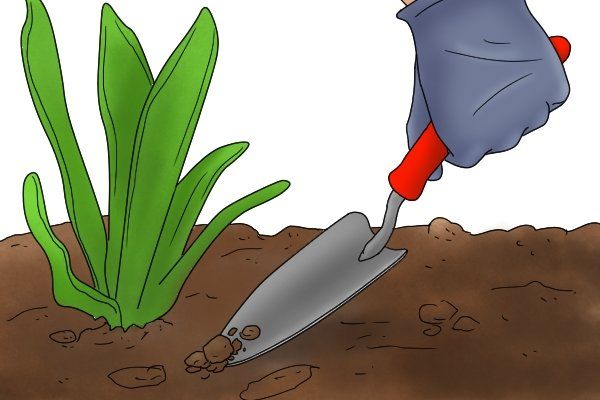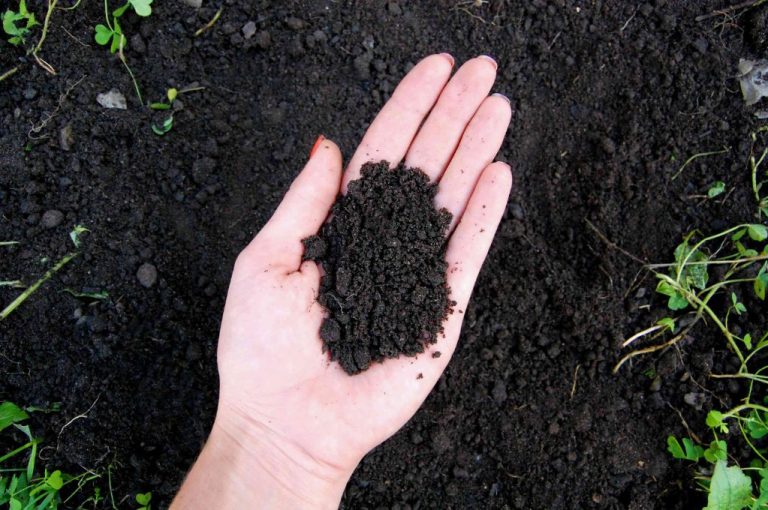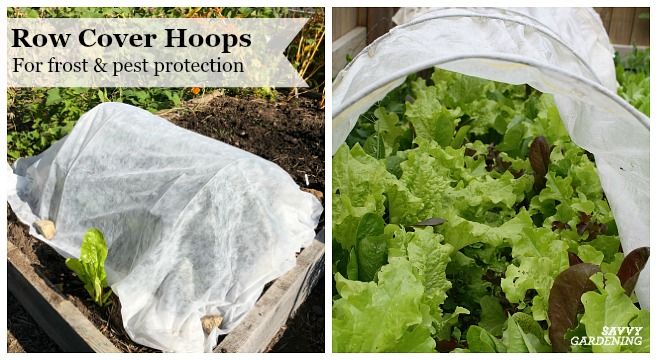Beginner’S Guide To Container Gardening: Growing In Small Spaces
Container gardening refers to growing plants in pots or other containers rather than planting them directly in the ground. Container gardening has become increasingly popular in recent years, especially for urban gardeners or those with limited outdoor space. According to this article, container gardening grew over 10% from 2009 to 2019 in the US.
There are many benefits to container gardening. It allows you to grow plants and veggies even if you don’t have an outdoor garden plot. Container gardens can be moved around to get proper sunlight or provide visual interest on patios and decks. Gardens grown in pots are also easier to maintain because the soil drains well and you can provide the perfect soil mix. Container gardening enables urban farmers and gardeners to maximize small spaces by growing vertically.
This beginner’s guide will cover all the key steps to get started with container gardening. Topics include choosing the right container and soil mix, selecting plants suited to containers, proper planting techniques and maintenance, troubleshooting common problems, overwintering containers, and creative small space solutions. By the end, you’ll have the knowledge to create a thriving container garden even in the smallest outdoor area.
Choosing the Right Container
One of the most important aspects of container gardening is choosing the right container for your plants. The container serves as the vessel that holds the soil and roots of your plants, so you want one made of the proper material and the optimal size.
Some popular container material options are:
- Terracotta – Terracotta pots are porous, allowing air circulation to the roots. They also absorb water from the soil, helping prevent overly wet conditions. Terracotta is an excellent eco-friendly choice (Source: https://citygreenthumb.com/the-complete-guide-to-sustainable-container-gardening-in-new-york/)
- Plastic – Plastic containers are affordable and come in many colors. Make sure to choose thicker, sturdier plastic that won’t become brittle.
- Wood – Wooden planters can be very attractive but may rot over time. Use a wood that naturally resists decay, like cedar.
- Metal – Metal containers conduct heat well, which can damage roots, but are very durable.
The size of the container is also very important. Pick a pot that’s large enough for the mature plant’s root system but not overly large. Too much extra space means more soil and water are required. For most vegetables and small plants, 5-10 gallon containers are sufficient.
Make sure your container has drainage holes in the bottom to prevent soggy soil. Elevating the pot can also improve drainage. If your container doesn’t have holes, you can add some with a power drill.
Soil Mixes and Fertilizers
Container plants require a soil mix that drains well and retains moisture. Good container soil mixes contain a combination of peat moss or compost, vermiculite or perlite, and organic material like composted cow manure or leaf mold. The general ratio is 2 parts potting soil or compost, 1 part perlite or vermiculite, and 1 part organic material. Peat or coco coir helps retain moisture, vermiculite improves drainage and aeration, and compost provides nutrients.
You can purchase pre-made potting soils but mixing your own allows you to control the ingredients and quality. Start with a good base of peat or coco coir and mix in perlite or vermiculite and compost at the ratio mentioned above. Make sure the compost is well finished with no large pieces. For large containers, you may want to add a bit more perlite or vermiculite to improve drainage.
In terms of fertilizer, most container plants need more nutrients than in-ground plants. Use a balanced organic fertilizer that provides key macronutrients nitrogen, phosphorus and potassium. Slow release fertilizers can be incorporated into the soil mix to provide a steady feed over time. You can also use compost tea, fish emulsion, or organic liquid fertilizers throughout the growing season.
Choosing the Right Plants
When selecting plants for container gardening, the most important factors to consider are the plant’s mature size, sunlight needs, and how they will combine with other plants in your container. Choosing the wrong plant can mean a cramped, leggy, or unhealthy plant.
Look at the plant’s mature height and width on the tag or plant description when purchasing. Make sure the plant has enough room to grow in your container size. For combinations, choose taller thriller plants, medium-height filler plants, and low-growing spiller plants that will drape over the edges.
Also consider the sunlight exposure the container will receive. Full sun loving plants like petunias, marigolds, and geraniums need at least 6 hours of direct sun. Part sun plants like begonias and impatiens need 4-6 hours. Shade plants like coleus and ferns can tolerate less than 4 hours of sun.
Some great plant combinations for containers include: thriller plants like ornamental grasses, small shrubs or upright flowers paired with filler plants like zinnias, salvias or verbena, and trailing spiller plants like petunias or creeping Jenny. Herb containers are also very popular, allowing you to clip sprigs of rosemary, thyme and oregano all season long.
Refer to plant tags and seed packets to ensure your selections will thrive together in the same light and soil conditions. With the right plant choices, you’ll have a gorgeous container garden anywhere you want one.
Planting and Maintaining
Once you have selected the right container and soil mix, it’s time to start planting. Make sure your container has drainage holes in the bottom to prevent waterlogging. Place a layer of gravel or styrofoam peanuts at the bottom of the container to improve drainage. Then fill the container about halfway with soil mix. Place your plants in the pot, arranging them attractively and spacing them apart appropriately per the plant’s needs. Surround each plant with more soil mix, firming the soil gently around the roots. Leave about 1 inch of space between the soil and the rim of the container to allow room for watering. Water thoroughly after planting until water drains from the bottom of the container.
Container plants need more frequent watering than in-ground plants. Check the soil daily by touching it with your finger; water whenever the top inch becomes dry. Be careful not to overwater, as too much moisture can cause root rot. The exact watering schedule will depend on factors like weather, plant types, container material, and exposure to sun and wind. Provide a thorough soaking whenever the top of the soil becomes dry. Water until it drains freely from the bottom drain holes.
Fertilizing is also important for container gardens. Since containers have a limited soil capacity, nutrients can get depleted more quickly than in the ground. Apply a balanced liquid fertilizer every 2-4 weeks during the active growing season according to label directions. Slow release fertilizer added to the soil at planting time can provide nutrients for several months.
Cite: https://www.makeitmissoula.com/2012/04/how-to-plant-container-garden/
Getting Proper Light
Sunlight is essential for container gardens to thrive. Most vegetables, herbs, and flowering plants need at least 6 hours of direct sunlight per day. Without adequate sunlight, plants can become leggy, weak, and prone to disease.
For container gardens, it’s important to position them in a spot that receives sunlight for a good portion of the day. A south-facing location is ideal. East or west-facing can work too, but may result in plants getting more sunlight in mornings or afternoons rather than throughout the day.
If shade is unavoidable, focus on shade-tolerant plants like lettuce, spinach, mint, and parsley. There are also varieties of tomatoes, peppers, and other vegetables bred specifically for partial shade. Use light-colored containers to reflect more sunlight onto the plants. Pruning and training plants can promote better light exposure as well. Trellising and vertical gardening are other excellent solutions for maximizing sun access (Source: https://www.bcliving.ca/tips-on-container-gardening-light-requirements).
When positioning containers, be mindful of trees and buildings that may begin shading an area later in the growing season as the sun’s path shifts. Adjust container locations to optimize sunlight over time.
Troubleshooting Common Problems
Container gardens can be susceptible to various pest and disease issues. Proper prevention and management is key to a healthy container garden.
Common insect pests like aphids, whiteflies, and spider mites can be controlled by using insecticidal soaps or horticultural oils. Always follow label instructions carefully when applying any pesticide. For fungal diseases like powdery mildew, remove affected plant parts promptly and improve air circulation around plants. Sanitize gardening tools and containers to prevent disease spread.
Another preventative measure is to avoid overcrowding plants. Allow for proper air flow between containers. Water early in the day so plant foliage dries quickly. Remove weeds which can harbor pests. Check plants regularly for signs of pests or diseases. Identify the problem early and take prompt action before it spreads. For organic pest control options, see this source.
Sometimes environmental factors like too much or too little water and sunlight can cause issues resembling diseases. Adjust watering and move containers to improve growing conditions before treating for pests or disease. With proper care and vigilance, many problems can be avoided in container gardening.
Creative and Unique Containers
One of the best parts about container gardening is that you can get creative with the vessels you use. Unusual containers add visual interest and allow you to repurpose everyday items. Some unique ideas include:
Old boots make quirky planters for small herbs or succulents. Drill drainage holes in the bottom and fill with soil. You can stack several together for a fun display. See more shoe planter ideas at https://www.pinterest.com/pin/unique-container-gardening-ideas–98657048066321599/.
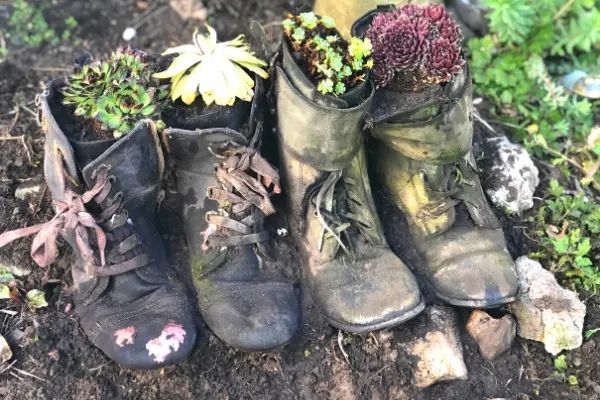
Recycle old teapots, mugs, or tea cups to use as whimsical planters for small plants. Make sure to drill drainage holes. Get inspiration from https://hearthandvine.com/unique-planter-ideas/.
Repurpose household items like wooden crates, baskets, or buckets for a rustic look. Old kitchenware like pots, pans, and colanders also work well. Let your imagination run wild!
With creative containers, you can grow plants anywhere – in small spaces, on patios, or scattered around your home. It adds an artistic touch and brings life to everyday objects.
Small Space Solutions
When space is limited, you need to get creative with container gardening. Stacking pots, hanging baskets, and vertical gardening are great solutions for maximizing planting in a small area.
Stacking pots or planters allows you to grow multiple plants in the footprint of just one pot. Choose cascading plants for upper levels so the foliage spills attractively over the edges. Herbs and lettuces work well for this. Just be sure your lower containers and plants can support the weight of the levels above (Source).
Hanging baskets utilize vertical air space for planting. Flowers and trailing vines that naturally grow downwards are ideal in hanging planters. Be sure to use a high quality basket lined with moss or coco fiber to retain moisture. Position baskets where plants get sufficient sun and wind protection (Source).
Vertical gardening involves training vining plants upwards on structures like trellises, walls, fencing, or posts. Pole beans, tomatoes, cucumbers, and peas are good choices. Set up climbing structures and use plant ties to gently guide growth upwards. Site vertical plants in an area with at least 4-6 hours of sunlight for best results.
With a bit of creativity, even the smallest patio or balcony can be transformed into a bountiful container garden!
Overwintering and Maintaining
One of the key aspects of container gardening is properly caring for your plants during the winter months to ensure they survive for next season. While some annuals will not make it through the winter, many perennials, trees, shrubs, and hardy annuals can successfully overwinter in containers with proper care.
The most important consideration is protecting the roots from freezing. This can be done by moving the containers to an unheated garage, cellar, or enclosed porch for the winter. Make sure the storage area does not get below freezing. Another option is to group containers close together and cover them with mulch, leaves, straw, or insulation wraps (Source).
Watering is also key during the winter months. You want to provide enough moisture so the soil doesn’t completely dry out, but avoid overwatering. Aim to water overwintered containers every 2-3 weeks if no rain or snow occurs (Source).
In late winter or early spring, transition the containers back outside. Start by placing them in a protected area and then gradually move them into full sun over a week or two. This will help them adjust to the stronger light. Resume normal watering and fertilizing schedules. Cut back any dead stems and leaves. Your overwintered containers will be ready for a new growing season!

